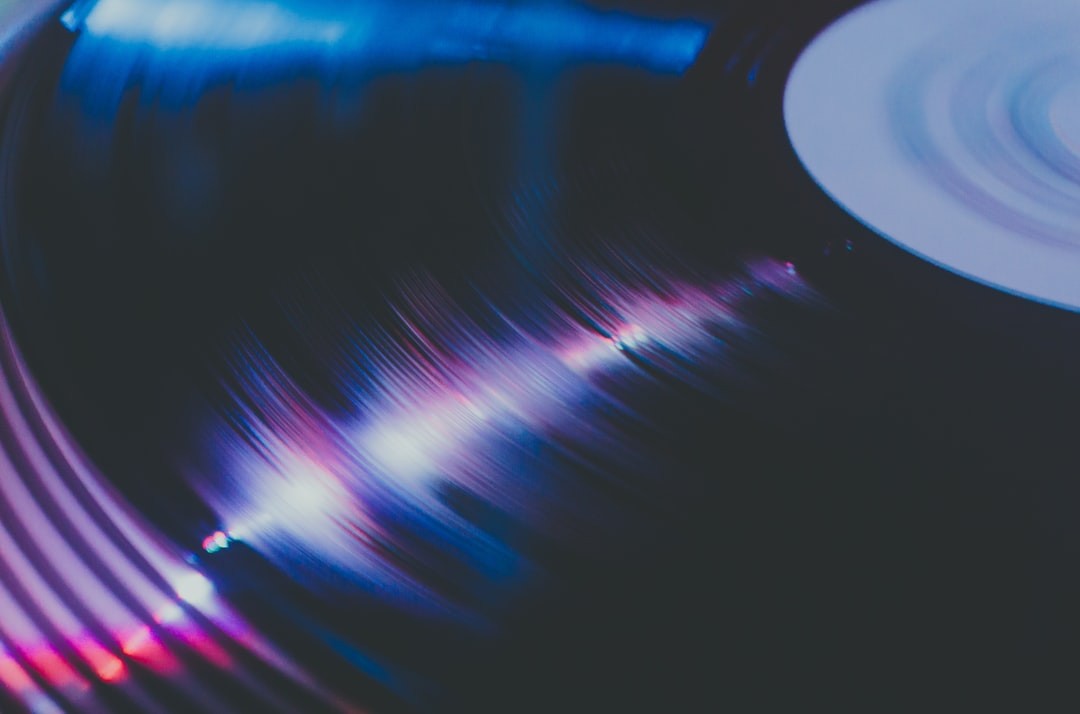John Williams is a well-known American film composer and conductor who has composed music for over 100 films. The classics, Jaws, six Star Wars films, ET, and the first three Harry Potter films are among his most notable.
In this small article, we will cover briefly his composition for Harry Potter, (Hedwig’s Theme) as well as the approaches and methodology he used to bring the films to life through his soundtracks.
The primary ostinato (section A), which is the opening orchestration, is repeated frequently with numerous variations throughout all of the films and is the most renowned and identifiable component of the work.
The piece has a combination of real and electronic instruments, including a celeste and a metal bell, which may be the most obvious sounds, made using a keyboard synthesiser. John Williams chose a celeste in the Harry Potter sound score because, although not being an often featured instrument, it added an ethereal tone to the soundtrack; the dreamy sound corresponds to the film's magical themes.
Almost the whole work is filled with quick and complicated stringed instruments, with powerful brass, woodwind, and harps floating in and out, making it a full orchestral composition. Surprisingly, despite the enormous orchestration, there is very little to no percussion.
In comparison, certain characters in Williams' previous works, such as Star Wars, have an ostinato or sound to accompany them. The legendary Imperial March, for example, portrays Darth Vader and the Empire. This is a typical technique used throughout film history to emphasise a character, theme, concept, or even movement. Hedwig's Theme, on the other hand, is more of a generic theme tune to the world of wizards and magic in Harry Potter. Although undoubtedly, characters and moments throughout the movies do have different musical themes, Hedwig's Theme stands out as the most prominent and is an underlying theme for everything. Throughout the Harry Potter films, the song is sliced up, rearranged, and the instruments are swapped out. It's a pretty intriguing method that is sometimes used in film music but particularly in Harry Potter.
Harry Potter's sound editor was James Mather. He found the use of MIDI and sampling to be valuable in the creation. The first thing you hear in the Deathly Hallows is the Horcrux soundscape over the WB logo. Mather gathered a large number of drones, rings, sirens, and insect noises that were triggered at various pitches and timings and then modified with EQ and FX. This maintained consistency within the sound score while contrasting in pitch and tone.
http://www.filmsound.org/studiosound/The%20sound%20of%20magic%20Harry%20Potter.htm
https://www.biography.com/people/john-williams-9532526
http://www.filmmusicnotes.com/john-williams-themes-part-6-of-6-hedwigs-theme-from-harry-potter/



